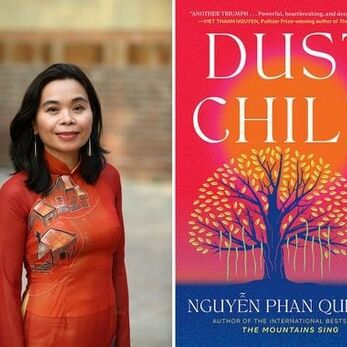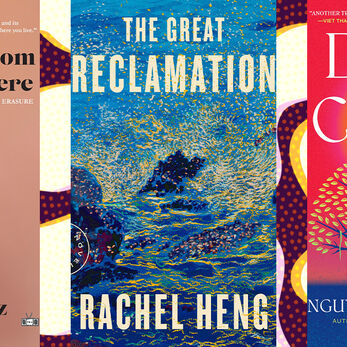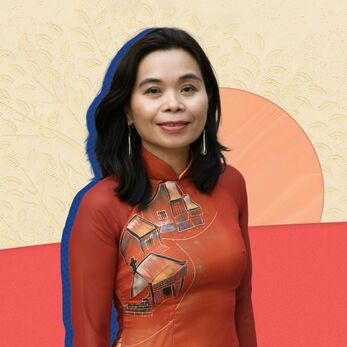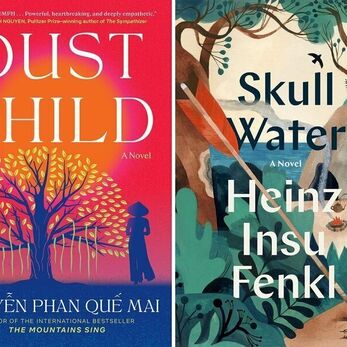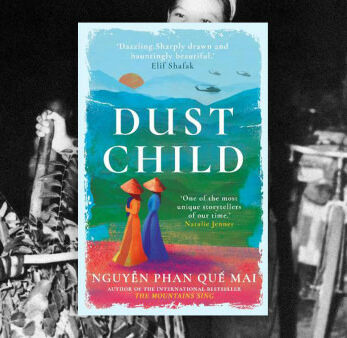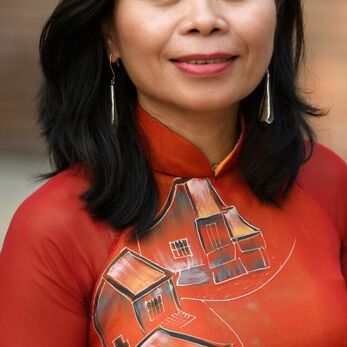A richly imagined story of severed bonds amid conflict.
Asweeping tale of one family’s shifting fortunes in Vietnam across half a century.
The first novel in English by the Vietnam-born Nguyễn (The Secret of Hoa Sen: Poems, 2014) centers on the Trần family, living in North Vietnam during three conflict-struck generations. Her lens turns to two characters in particular: Diệu Lan, who grew up amid Japanese and French occupations, and her granddaughter Hương, who uses Diệu Lan’s stories to try to piece together what happened during the war. It is a largely grim portrait. Diệu Lan watched as her father was beheaded by Japanese soldiers and saw the whole region suffer through a long famine; the six children who weren’t killed during the war suffered PTSD or had their own children born dead, deformed from their parents' exposure to Agent Orange. The novel’s major set piece and most effecting sequence follows Diệu Lan as she is stripped of her livelihood in the midst of Communist North Vietnam’s “Land Reform” policy that demonized traders like herself; she’s forced to abandon her children, one by one, to protect them from retribution. Her daughter (and Hương’s mother) Ngọc, a doctor, survives the war, but comes home badly traumatized, and nobody knows where Hương’s father is; the girl’s sole tangible connection to him is a carved bird whose name gives the novel its title. For all the loss Nguyễn depicts, though, her story is invitingly and gracefully told. She is particularly adept at weaving in folktales and aphorisms to create a vivid sense of place. Hương’s love for her homeland is complicated by her family’s struggle and her refusal to see Americans as pure evil (“By reading their books, I saw the other side of them”), punctuated by a final twist that challenges her notions of love and family. The novel lapses into sentiment at times, but it mainly honors the complexity of its setting.
A richly imagined story of severed bonds amid conflict.


